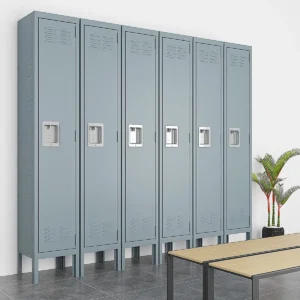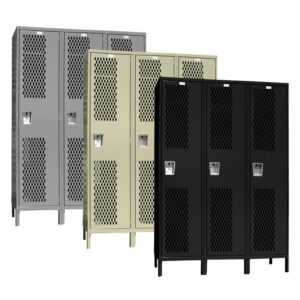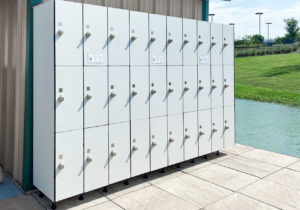
Comparing differences of Phenolic Metal Wood Lockers
When considering lockers for an installation, factors such as the environment they will be in, the level of use and abuse they will encounter, maintenance

When considering lockers for an installation, factors such as the environment they will be in, the level of use and abuse they will encounter, maintenance

Metal lockers are a type of storage locker typically made of steel or aluminum. They are often used in schools, gyms, workplaces, and other public

Lockers come in various designs, sizes, and materials to accommodate different storage needs and settings. Among the types of lockers available, heavy-duty and regular lockers

Lockers have become an essential fixture in various settings, from schools and gyms to workplaces and recreational facilities. As we prioritize hygiene and cleanliness in

Are you on the hunt for some sweet new lockers for your school, office, gym, locker room, or other fun space? Well, you’ve come to

Lockers are commonly seen almost everywhere in our daily routine such as schools, gyms, workplaces, and even public areas like train stations and airports. These